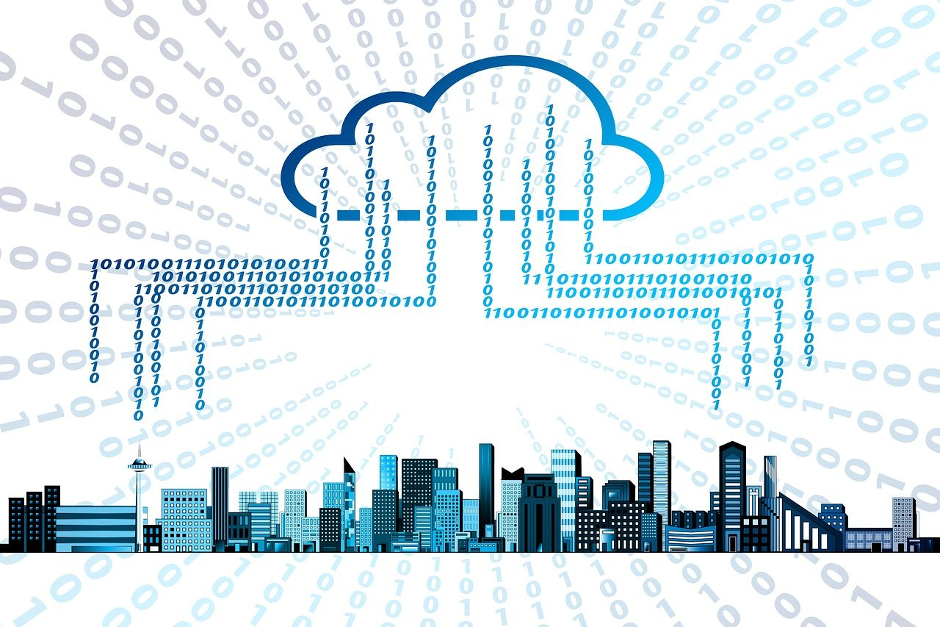Any expert in the field would agree that the cloud is the future. No matter what industry you are in, eventually, you will have to move your IT infrastructure to the cloud. However, the process of cloud migration is not a cakewalk. Especially for businesses with complex IT needs and tons of apps, it may take significant time and resources to complete the process successfully.

The five Rs of cloud migration refer to five different approaches businesses can take while migrating their IT assets to the cloud. However, remember that every cloud migration is unique, and there is no definitive approach that ensures success. These five Rs only offer you a framework on which you can build your plan.
Rehost
Rehosting is the most straightforward approach to cloud migration. It is also referred to as lift and shift. It means you lift the server, apps, and operating systems from their current hosting environment and shift them to the cloud. Here you do not make any changes to the existing servers and applications; you just change their location.
This process is fast and doesn’t require many resources. However, one of the major drawbacks of this strategy is that you cannot exploit the full potential of the cloud. The apps you are going to run on the cloud are not primarily designed for the cloud, and thus, the performance will not be as good as cloud-native apps.
Re-platform
This process is slightly more complex than rehosting. Here you optimize the applications during migration without altering the core architecture. It requires some programming input but is not as invasive as re-architecting.
The applications are re-platformed so that they show some attributes of cloud-native technology, such as portability and horizontal scaling. It is often the best option for businesses that cannot afford the resources required for re-architecture but still want improved performance and scalability.
Refactor or Re Architect
Refactoring is the most complex path a business can take while migrating to the cloud. This process requires more time and resources than the other models. Businesses choose this model to optimize their performance and to add new features. It allows the businesses to leverage the cloud benefits to the full extent.
When time is not a constraint, refactoring can be done during the first stage of migration. That means you re-architect the applications before moving to the cloud. However, many businesses prefer to do it at a later stage.
Replace
Replacing, also called repurchasing, is a method where you simply replace the legacy applications with a SaaS solution that offers improved performance on the cloud.
Here you end the existing licensing agreement and opt for a cloud-native application. Usually, organizations opt for this model when the current license agreement fails to fulfill the business requirements or expires.
Retain
It is also referred to as the hybrid model. In this model, businesses migrate some portions of the IT infrastructure to the cloud and retain the rest in the current environment.
Businesses often are not ready to move their entire IT portfolio for various reasons, including compliance issues. This model is ideal for those who are required to run some of their business applications and services on-premises.
At Ai.NET, we offer complete cloud solutions. Whatever model suits you, we will help you plan the entire process. Have questions? Send us a message, and let us help you take your business to the next level.
